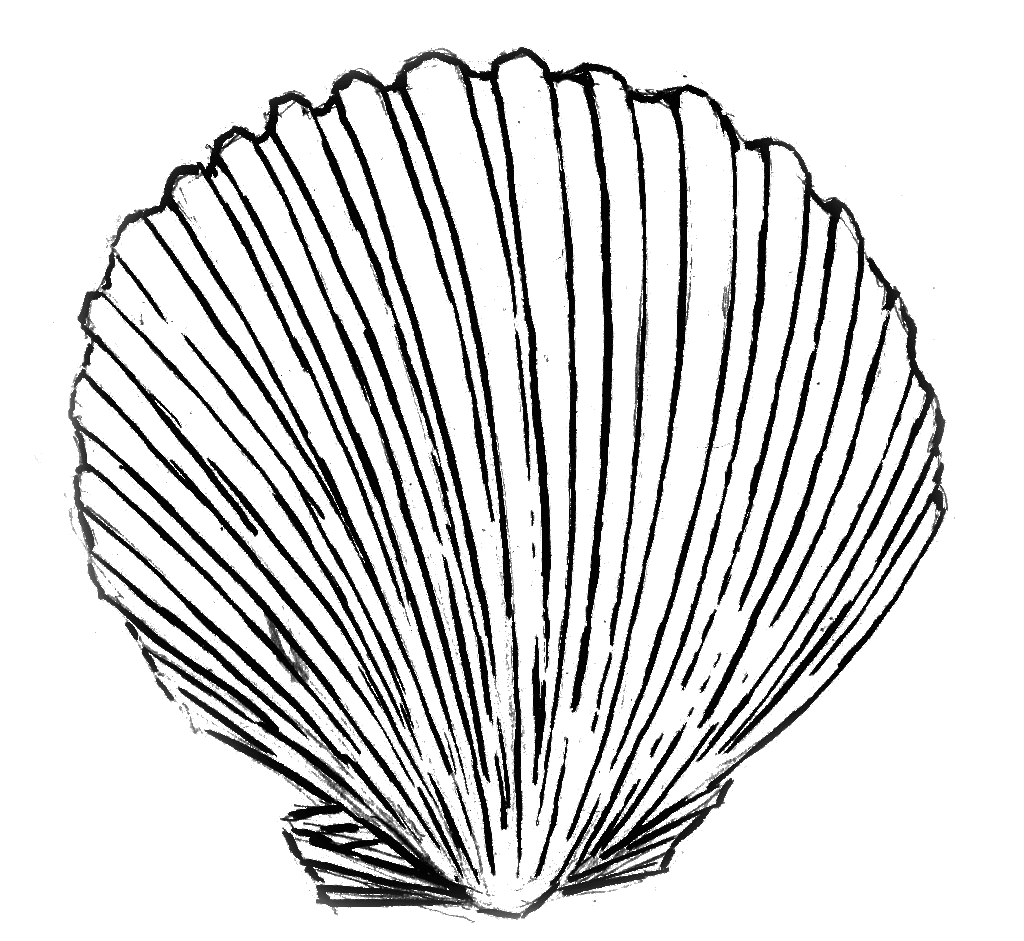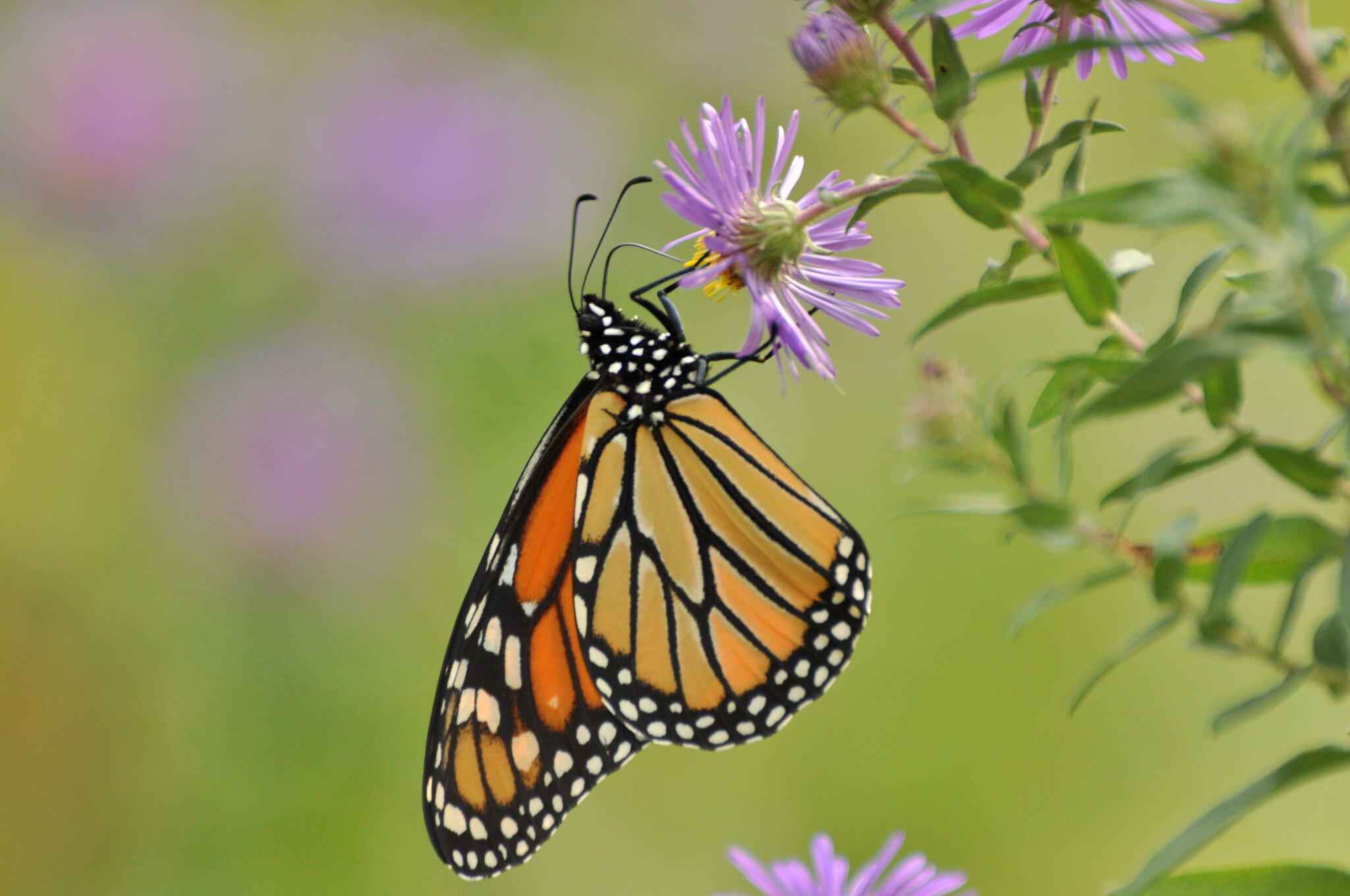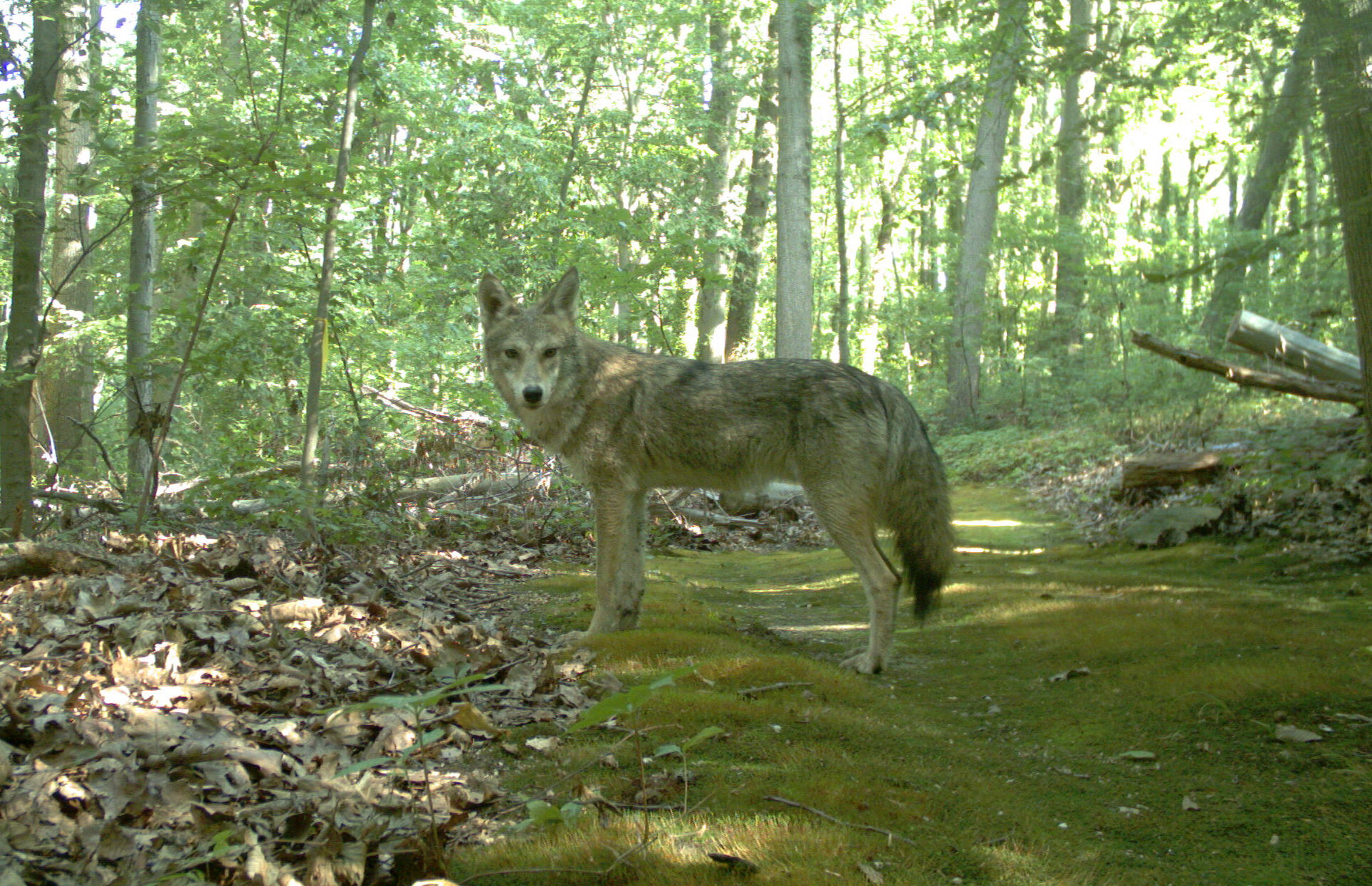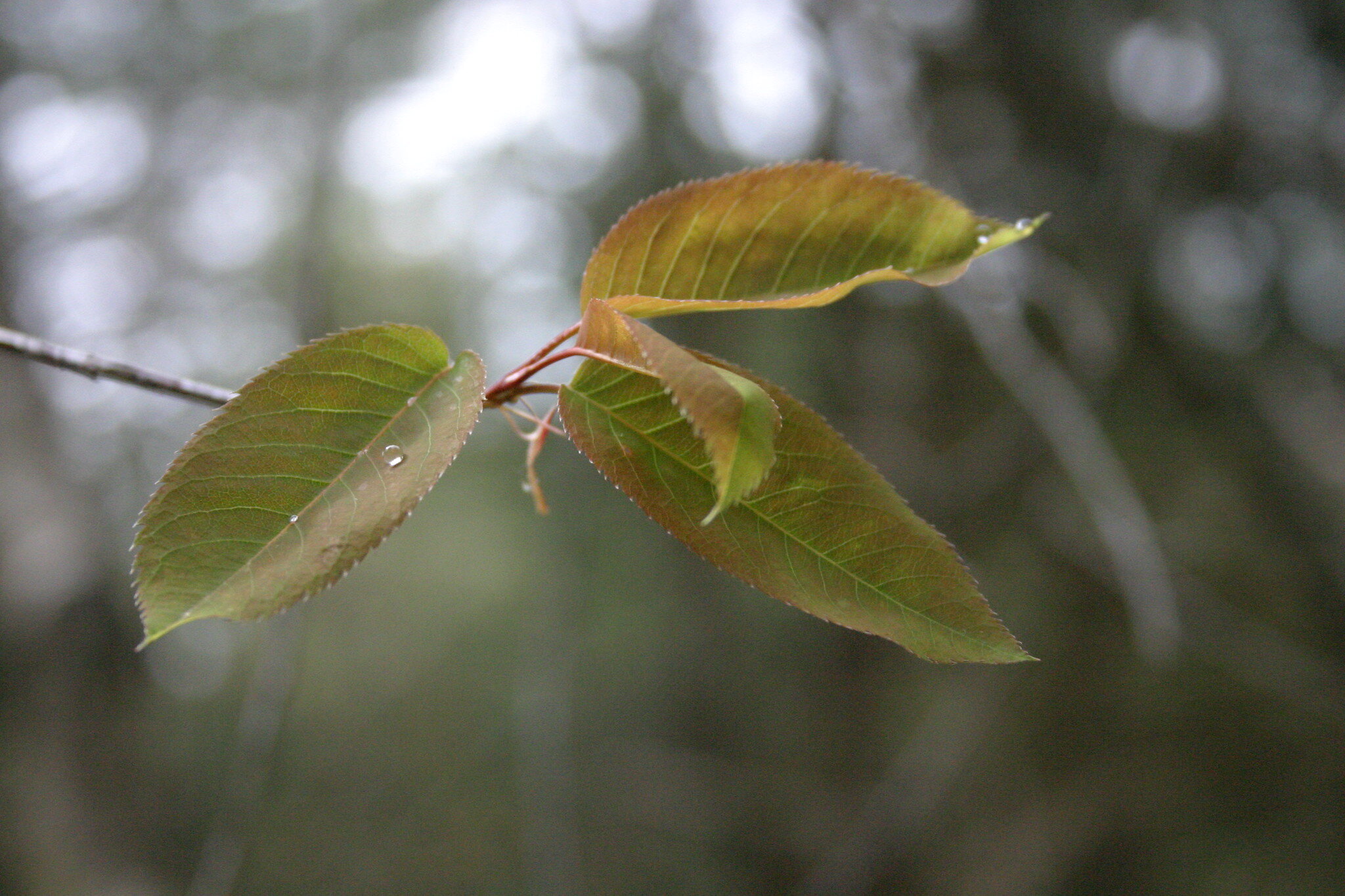The pleasures of the seashore are numerous and varied. There are countless reasons we flock to the beach this time of year. While there are always new–and seemingly more complicated–things to do in the surf and sand (I’m thinking of you, kitesurfers!), most of us are content with the simple things: sitting, swimming, walking. The latter has always been a personal favorite of mine. There’s some inexplicable pleasure that comes with walking barefoot along the edge of a vast ocean, waves spilling out around your legs.
But it’s more than just the walking, it’s the watching, too. Combing the beach for the curiosities deposited by the sea offers an exciting window into the unknown. It gives us a glimpse into the vast diversity of life that lies beneath the water. While one could spend a lifetime studying the many inhabitants that comprise our coastal ecosystem and might be represented on the beach, the following are a few basic lessons that I hope will help you get a bit more out of your beach walks. 
Shells, of course, are the most obvious beachcombing bounty. They are the exoskeletons of certain mollusks, produced to protect their soft body parts. When a mollusk is eaten or dies, its hard shell, which usually isn’t consumed and doesn’t readily rot, remains behind. If it doesn’t stay buried or get claimed by another species (such as a hermit crab), it may be carried by the surf and pushed ashore. While there’s great diversity of mollusks in the sea (there’s more species of them than any other kind of marine animal), most shells on our beaches generally fall into two categories: gastropods (sea snails) and bivalves (hinged-shell mollusks). The latter are the most familiar; they include clams, scallops, mussels, etc. Bivalves, which can open and close their twin shells, live under the sand, often quite near the tidal zone.
The majority of bivalves (in fact, the majority of shells) found on Long Island’s beaches are from the several species of clams found in our region. The large, saucer-sized shells, for example, come from Atlantic Surf Clams, the largest clams on our coast. Even more common are the smaller hard-shelled clams or “Quahogs.” These purple-hued shells are one of the kinds that local Native Americans called “wampum” and used for making jewelry and tools. Wampum was also used for a time as currency to trade with European settlers.
Although not as common as it once was, another frequent bivalve shell encountered on Long Island beaches is the Atlantic bay scallop. This familiar ribbed shell, which is the official state shell of New York, occurs in a wide variety of colors, ranging from red to black to white. The bay scallop’s larger cousin, the Atlantic sea scallop, lives in much deeper offshore water. As a result, its shells (which lack the dramatic ribbing) rarely find their way to our beaches in one piece.
The other major category of shells come from the gastropods, or sea snails. This is a large and diverse group of species, but most have spiral or conical shaped shells. The most common in our region are the small, spiral shells of the mud snail. But if you’re on the beach after unusually rough waters, you might find a shell from one of the larger, deepwater snails, such as the moon snail or one of the several species of whelk. The moon snail shells are very smooth and rounded and sometimes get as large as an apple. Whelk shells can be equally large, but are longer, pointed and more angular. Their shells are similar in appearance to the familiar shells of the conch snail, their relatives from the tropics of the southern Atlantic (although the names are being increasingly confused and used interchangeably).
One of the whelk species, the knobbed whelk, is responsible for another strange object that you might find on the beach. It lays its eggs in a twisted string of yellowish disc-shaped pouches that may be several feet long and resembles a snake-like creature when it washes up on shore. If it has only recently been dislodged from the seabed, a close examination may reveal some tiny, newly-hatched whelks inside.
In addition to shells, you can also look for other “wash-ups,” such as sea stars and sea jellies (commonly, but inaccurately, called starfish and jellyfish – they’re not fish!). The sea star you’re most likely to encounter is the Forbes’ sea star, also known as the common starfish. This sea star, which ranges in color from brown to orange, feeds on bivalve mollusks, preying open their shells with its strong tube feet.
Jellies are also common this time of year as the water warms. The most frequent on our beaches are moon jellies. They’re the clear, saucer-like globs with short tentacles that sometimes wash-up on our beaches by the thousands. You may also stumble upon the lion’s mane jelly, which is considerably larger and has, as its name suggests, much longer tentacles. And warming ocean temperatures have even brought increasing numbers of Portugese man-o’-wars (which are not technically sea jellies) to our region in recent years. Beachcombers should beware that, even dead, these creatures retain the ability to deliver a nasty sting and should not be handled.
As you wander down the beach, especially early in the morning, it’s not uncommon to come across fish that have been stranded by the high tide and left to die on the beach. Particularly susceptible are those fish, such as the northern puffer and clearnose skate, that feed on mollusks and other crustaceans in shallow water. The northern puffer, which is also sometimes called a blowfish, is only about 8 or 10 inches long. It gets its name from the unique ability to inflate itself to scare away would-be predators (you’ll usually find them in the inflated state). The clearnose skate is a bottom-dwelling flatfish related to rays and sharks. They’re quite a bit larger, sometimes two or three feet long.
Speaking of skates, if you look around, you’re also likely to come across an empty skate egg case. These black, leathery square pouches, often called a “mermaid’s purse”, are about the size of a large stamp with flat, sometimes curled, straps at each of the four corners. Because they’re lightweight, these – and egg cases from other shark and skate species – are usually found at the wrack line or strandline, the collection of seaweed and other debris that marks the high tide line.
This is, of course, only a small sampling of the many things you might encounter on the beach. From shells to skates, and sometimes even whales, you never know what the ocean might wash up! And as you’re walk, be sure to keep a lookout for all the other living creatures that may cross your path or be in the vicinity. From the mole crabs underfoot, to the bluefish chasing baitfish across the surf,

to the shorebirds that, by August, are already making their southerly migration from Arctic breeding grounds, the beach is always alive and ready to offer a surprise to the attentive visitor. Happy beachcombing!



